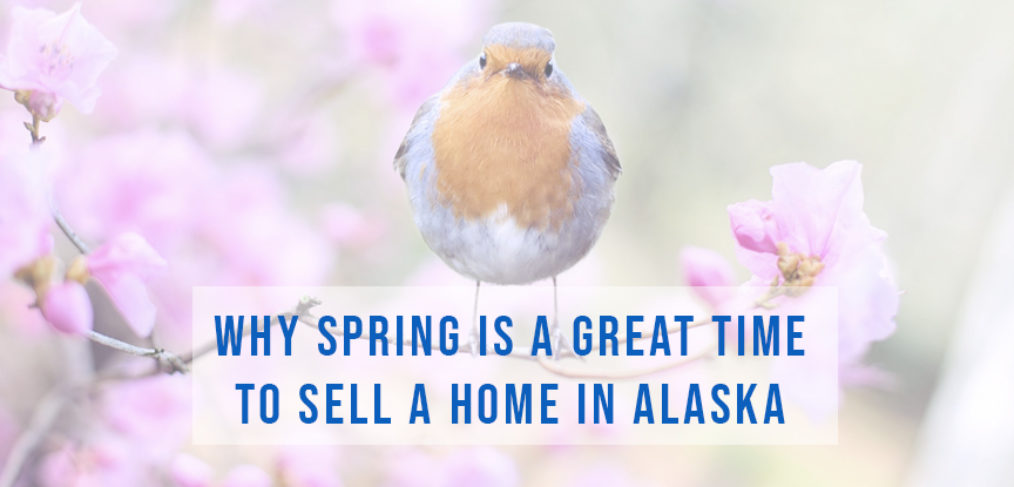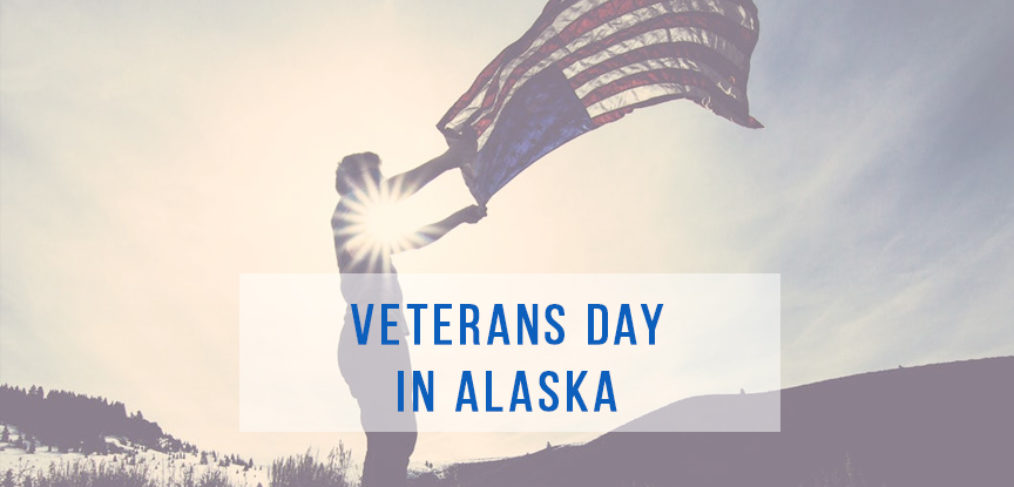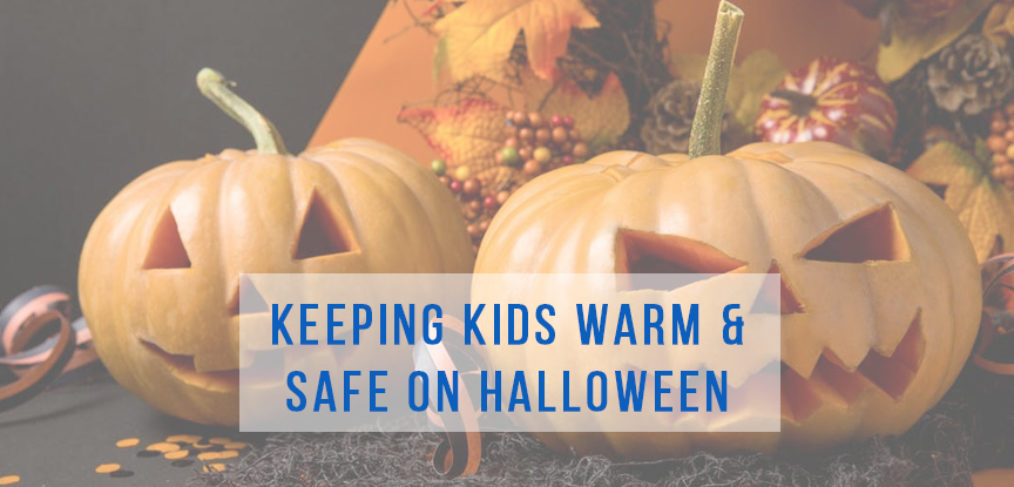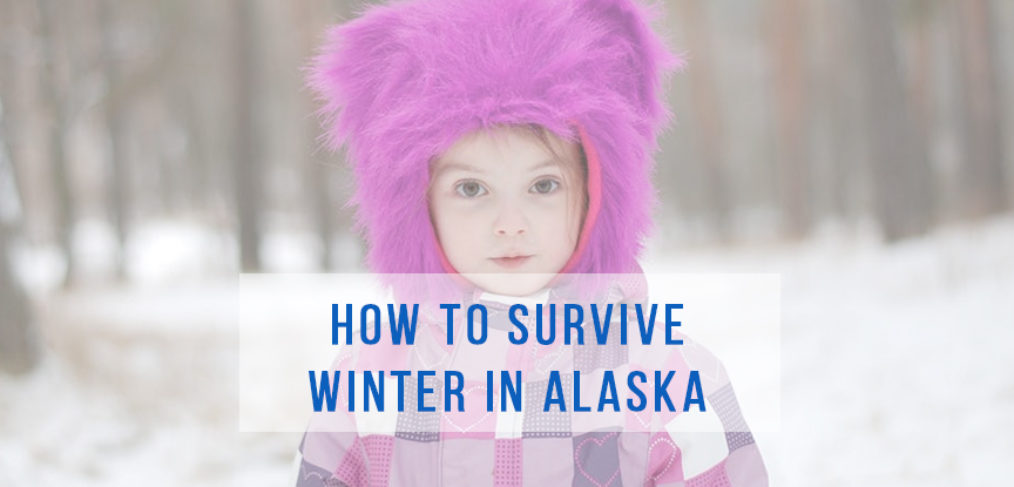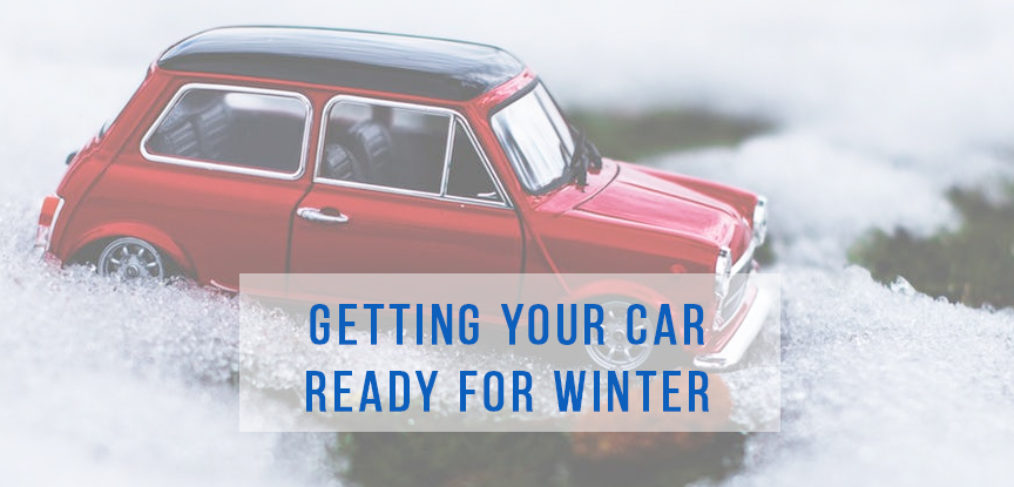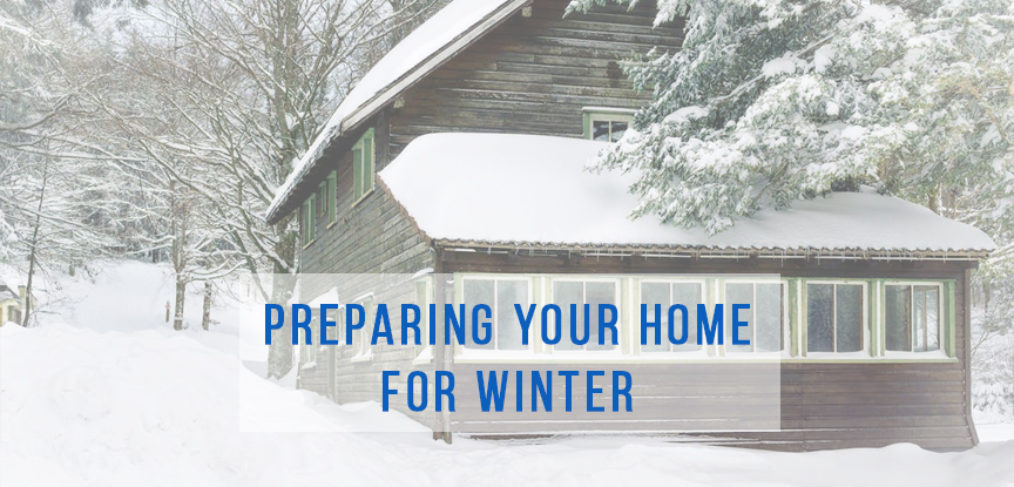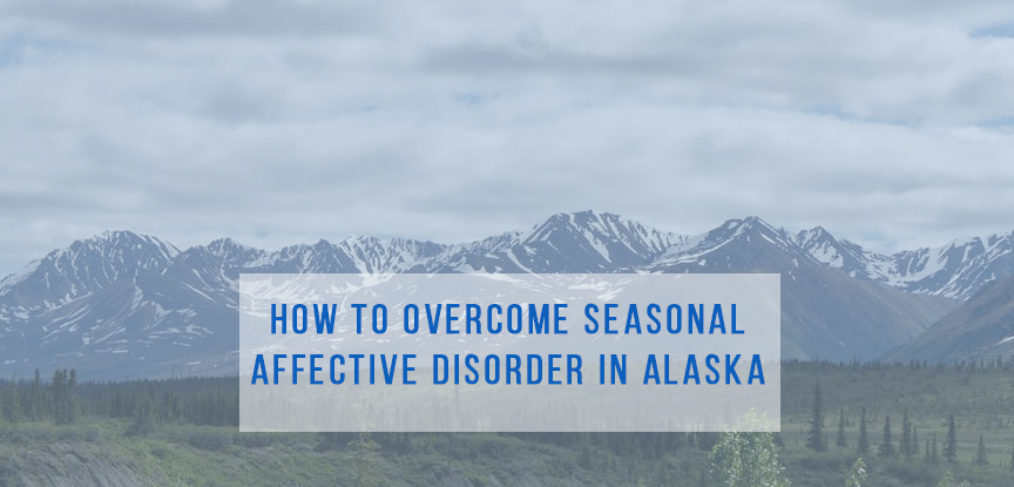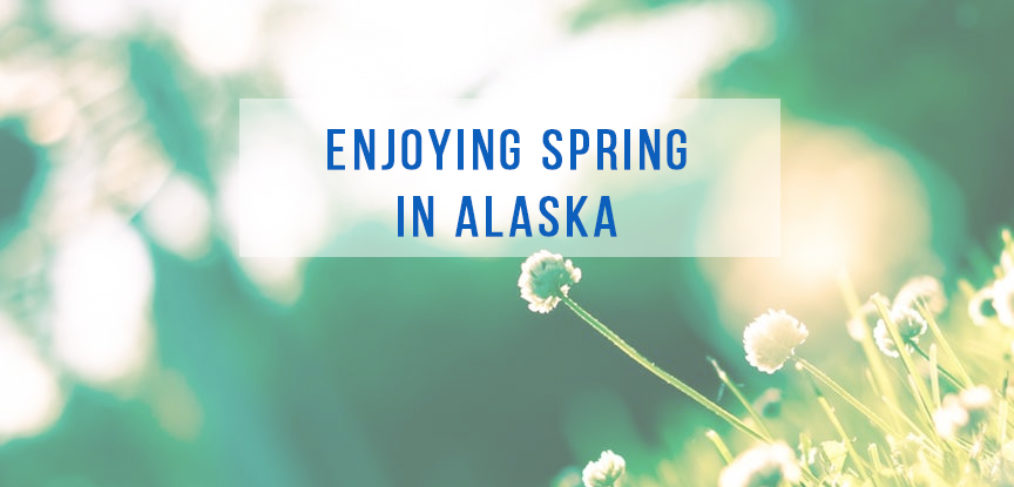When it’s time to move to a new home, the change of scenery can be stressful for everyone – including pets. Even though more than half of all households in America own a pet, many people forget to plan for how the move will affect this important member of the family. Take a pet from its normal surroundings, then surprise them with a new home, yard and neighborhood with strange animals, smells and sounds, and it’s no wonder they get stressed out. Or even worse, run away.
There are ways to help smooth the transition however, and just like helping children prepare for a move, you can set the stage for a smooth move for your pet. Here’s a checklist to give you a few ideas:



